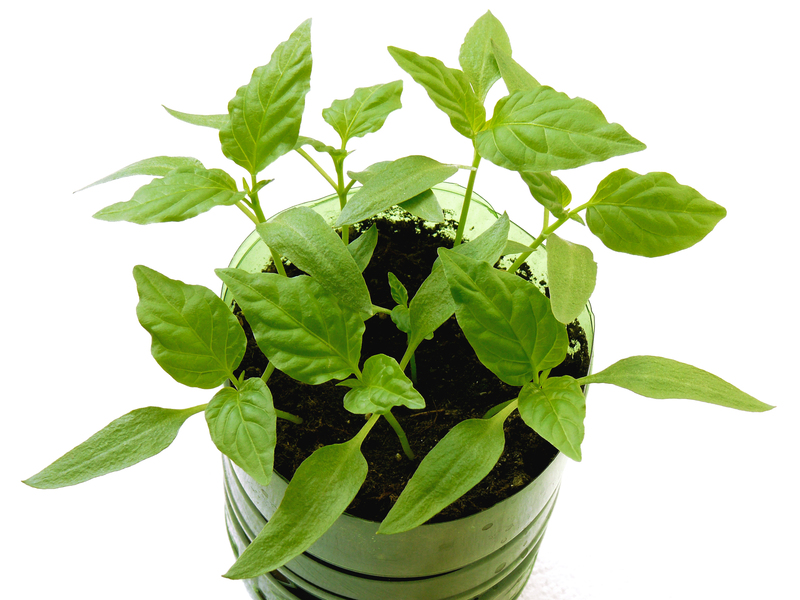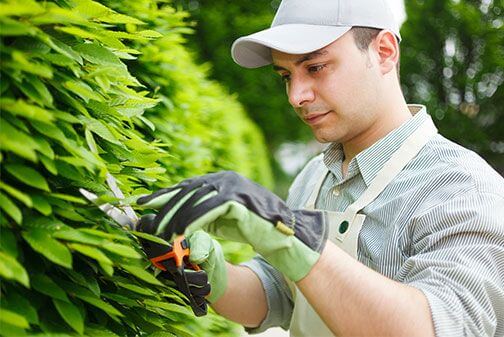Renewable Benefits of Polystyrene
Posted on 01/07/2025
Polystyrene, a versatile plastic used in a wide array of everyday products, is often misunderstood and frequently criticized in discussions about sustainability and environmental impact. However, recent advancements have positioned polystyrene in a more favorable light, showcasing its renewable benefits and potential contributions to a circular economy. This article delves into the various ways polystyrene can be advantageous, touching on its renewability, recyclability, and the current innovations driving its sustainable use.
Understanding Polystyrene
Polystyrene is a synthetic aromatic hydrocarbon polymer made from the monomer styrene, a liquid petrochemical. It can be solid or foamed and is primarily used in the packaging industry for products ranging from disposable cutlery and CD cases to insulation and food containers. Its lightweight, sturdy, and insulating properties make it an attractive material for many applications.
However, polystyrene has historically been criticized for its environmental impact. It is non-biodegradable and can take hundreds of years to decompose. Additionally, traditional polystyrene waste often finds its way into landfills and oceans, adding to pollution and adversely affecting marine life.

Renewability and Recyclability of Polystyrene
The landscape surrounding polystyrene is currently experiencing a transformation with a focus on its renewability and recyclability--key components in reducing its environmental footprint. One of the pivotal breakthroughs in this regard is advanced recycling technology, which enables efficient and effective recycling of polystyrene products.
In numerous facilities worldwide, polystyrene can be broken down into its original monomer, styrene, through a process called depolymerization. This chemical recycling method reconstitutes the material into a form that can be reused to produce new high-quality polystyrene products without any loss in material performance. This approach not only saves resources but also significantly reduces landfill waste.
Corporate and Governmental Initiatives
Several corporations and governmental bodies are championing sustainable practices for polystyrene. Companies like StyroCycle and INEOS Styrolution are making strides in the design and implementation of closed-loop recycling systems specifically for polystyrene. By offering comprehensive recycling programs, these companies aim to ensure that polystyrene waste is continually redirected back into the production cycle.
Government regulations are also fostering a more sustainable approach to polystyrene use. For instance, the European Union has set ambitious recycling targets, aiming to make all plastic packaging recyclable or reusable by 2030. These regulations are encouraging more investments in recycling infrastructure, further promoting the use of recycled polystyrene.
Economic Benefits
The push towards recycling and sustainable use of polystyrene is not just environmentally prudent but economically beneficial as well. Polystyrene recycling initiatives can create jobs and stimulate economic growth. By developing a circular economy, we can open new markets and opportunities for businesses, from waste collection and sorting to recycling and manufacturing.
Moreover, using recycled polystyrene can be more cost-effective than producing new material from virgin resources. As recycling technologies advance and become more widespread, the cost-benefit ratio will likely tilt even more favorably towards sustainability.
Technological Innovations Driving Change
Technological advancements are at the forefront of the renewed perspective on polystyrene's benefits. Several innovative approaches are making the material more sustainable and environmentally friendly:
- Bio-based Polystyrene: Researchers are exploring the feasibility of producing polystyrene from renewable biomass sources instead of petroleum. This bio-based polystyrene retains all the beneficial properties of traditional polystyrene while significantly reducing its carbon footprint.
- Enhanced Mechanical Recycling: Modern mechanical recycling techniques can process contaminated polystyrene and convert it into high-quality material. These advancements are crucial for increasing the recycling rates of post-consumer polystyrene products.
- Green Packaging Solutions: With the rise of eco-conscious consumers, there is a growing demand for sustainable packaging solutions. Companies are now developing and marketing packaging made from recycled polystyrene, meeting this demand and reducing waste.
Real-life Applications and Case Studies
Several real-life applications and case studies highlight the renewable benefits of polystyrene:
- Construction Industry: Expanded polystyrene (EPS) is being used in construction for insulation and lightweight concrete production. The recyclability of EPS means that construction projects can minimize waste and reduce material costs. Case studies have shown up to a 40% reduction in construction waste through EPS use.
- Food and Beverage Industry: Closed-loop recycling programs in the food industry, where polystyrene food containers and cups are collected, cleaned, and recycled, have been implemented successfully in several regions. These programs have significantly cut down on disposable plastic waste.
- Retail Sector: Retail giants are incorporating recycled polystyrene into their packaging strategies, setting a precedent for sustainable practices across the supply chain. This shift not only lessens environmental impact but also aligns with the growing consumer preference for eco-friendly products.

Challenges and Future Directions
Despite its potential, the transition to a more sustainable use of polystyrene is not without challenges. Public perception, technological limitations, and economic factors can hinder progress. Educating consumers about the benefits of polystyrene recycling and investing in research and infrastructure are crucial to overcoming these barriers.
Looking ahead, the future of polystyrene seems promising with continued innovation and commitment to sustainability. Collaboration between governments, industries, and consumers will be key in driving forward the use of renewable polystyrene and achieving environmental goals.
Conclusion
Polystyrene, once viewed solely through the lens of its environmental drawbacks, is now being recognized for its renewable benefits. Advances in recycling technologies, government and corporate initiatives, economic incentives, and technological innovation are transforming the narrative around this versatile material. By embracing and enhancing these developments, society can realize the full potential of polystyrene in contributing to a more sustainable and circular economy.
In conclusion, while challenges remain, the strides being made in the renewability and recyclability of polystyrene are promising. As we continue to innovate and implement sustainable practices, polystyrene can indeed play a positive role in our journey toward a greener future.






